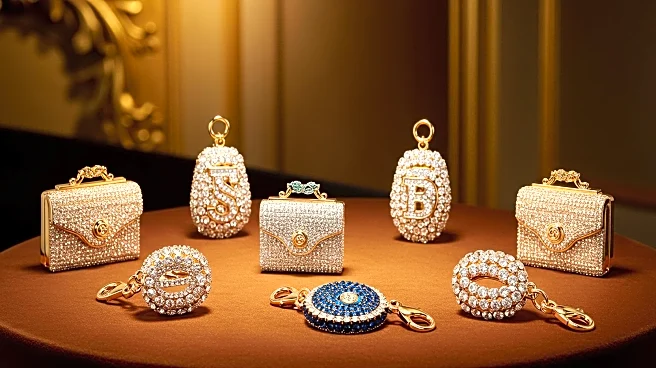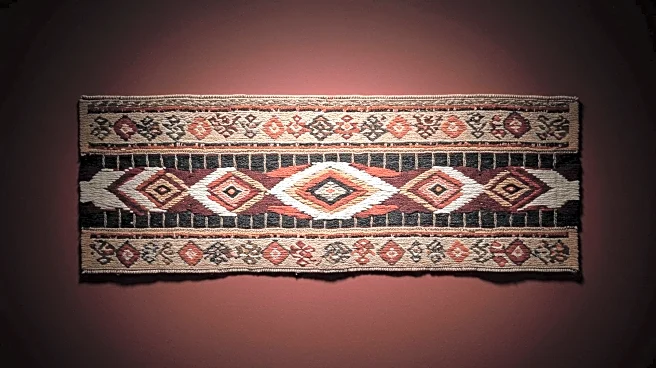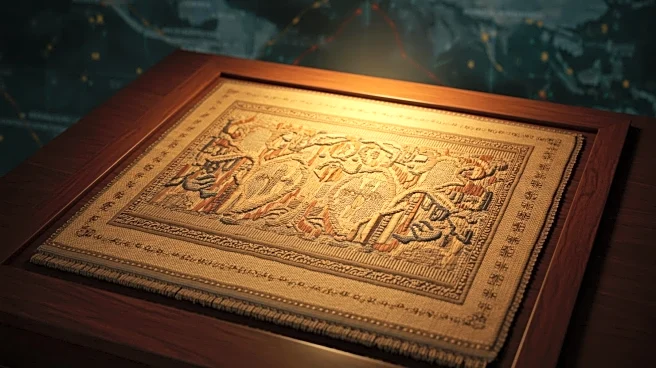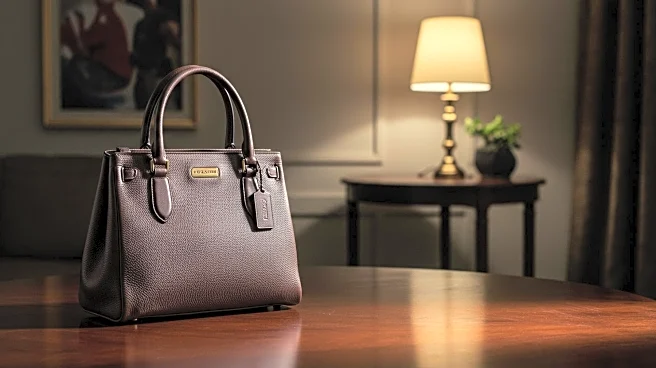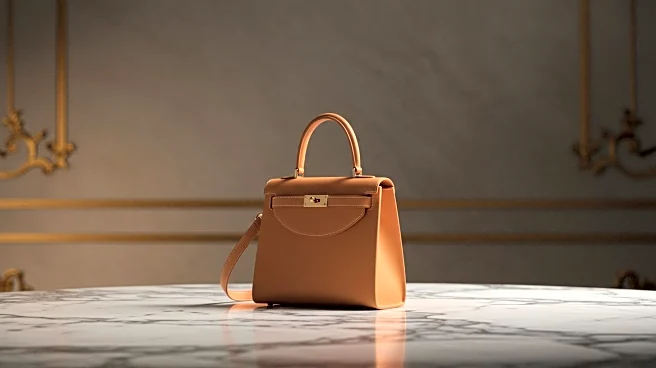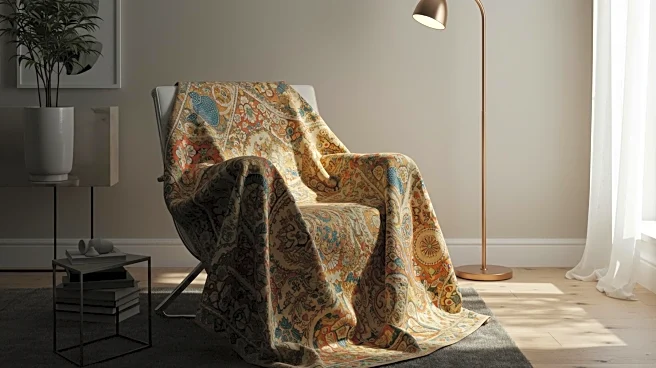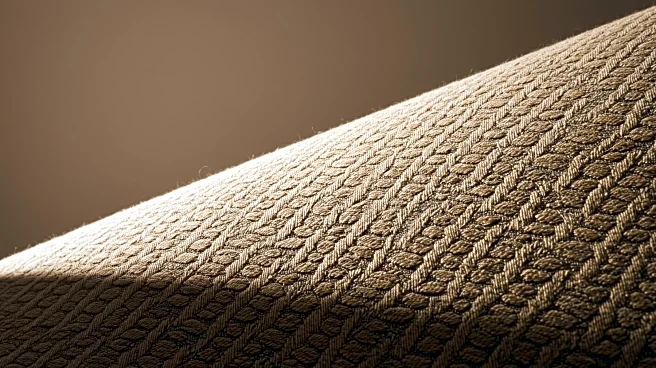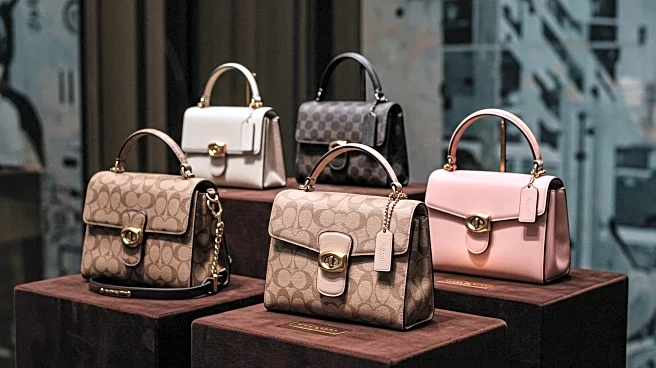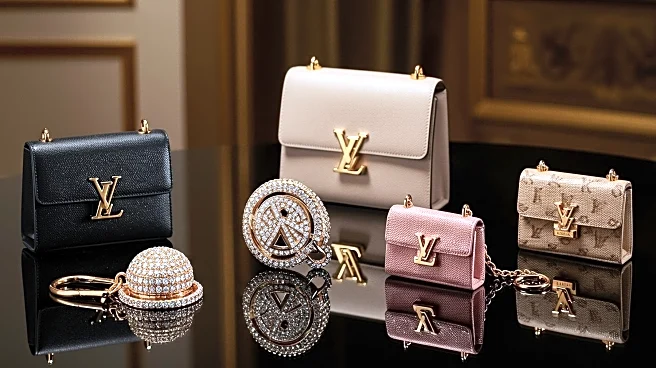What is the story about?
What's Happening?
Luxury brands are increasingly turning to bag charms as a strategy to boost sales during a period of economic downturn. These accessories, which can cost up to $1,000, are becoming popular among consumers who wish to personalize their handbags without purchasing new ones. The trend, fueled by Gen-Z and popularized by celebrities, has seen bag charms featured prominently in fashion shows and retail displays. Companies like Tapestry Inc., which owns Coach and Kate Spade, are expanding their charm offerings to attract customers. This move comes as major luxury brands like LVMH and Kering report declining sales in their fashion and leather goods sectors.
Why It's Important?
The shift towards selling bag charms represents a strategic adaptation by luxury brands to maintain consumer interest and drive store traffic amid declining sales. By offering more affordable accessories, these companies aim to retain their customer base and prevent a complete loss of consumer engagement. This trend highlights the broader challenges faced by the luxury goods industry, which is experiencing its worst performance since the 2009 financial crisis, excluding the pandemic. The success of bag charms could provide a temporary boost to sales, helping brands navigate economic uncertainties.
What's Next?
Luxury brands are expected to continue expanding their charm collections, particularly during the holiday season, as they seek to capitalize on this trend. Companies may also explore additional affordable accessory options to further engage consumers. Analysts caution that while bag charms can help maintain brand visibility, they are unlikely to significantly impact overall sales figures. The industry will need to monitor consumer behavior closely and adapt strategies accordingly to sustain growth.
Beyond the Headlines
The popularity of bag charms underscores a cultural shift towards personalization and individuality in fashion. As consumers seek unique ways to express themselves, brands may increasingly focus on customizable products. This trend also raises questions about sustainability, as the production of small accessories could contribute to environmental concerns. Luxury brands may need to balance consumer demand for personalization with responsible manufacturing practices.
AI Generated Content
Do you find this article useful?
